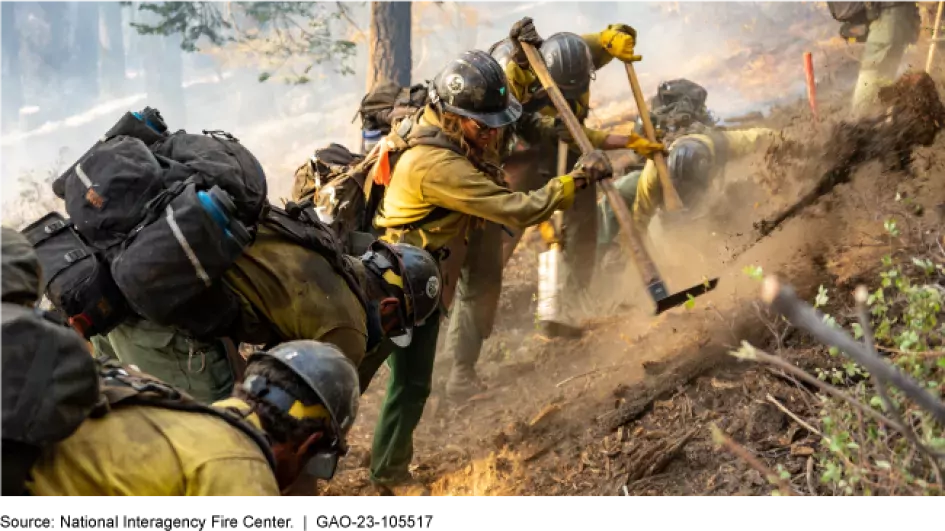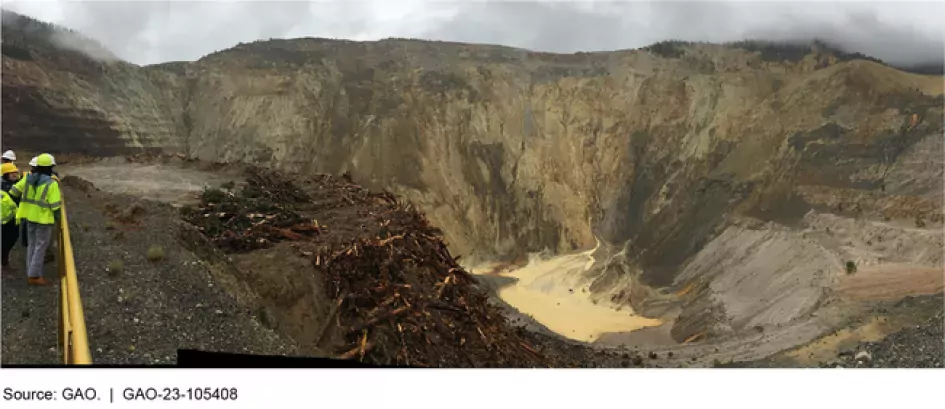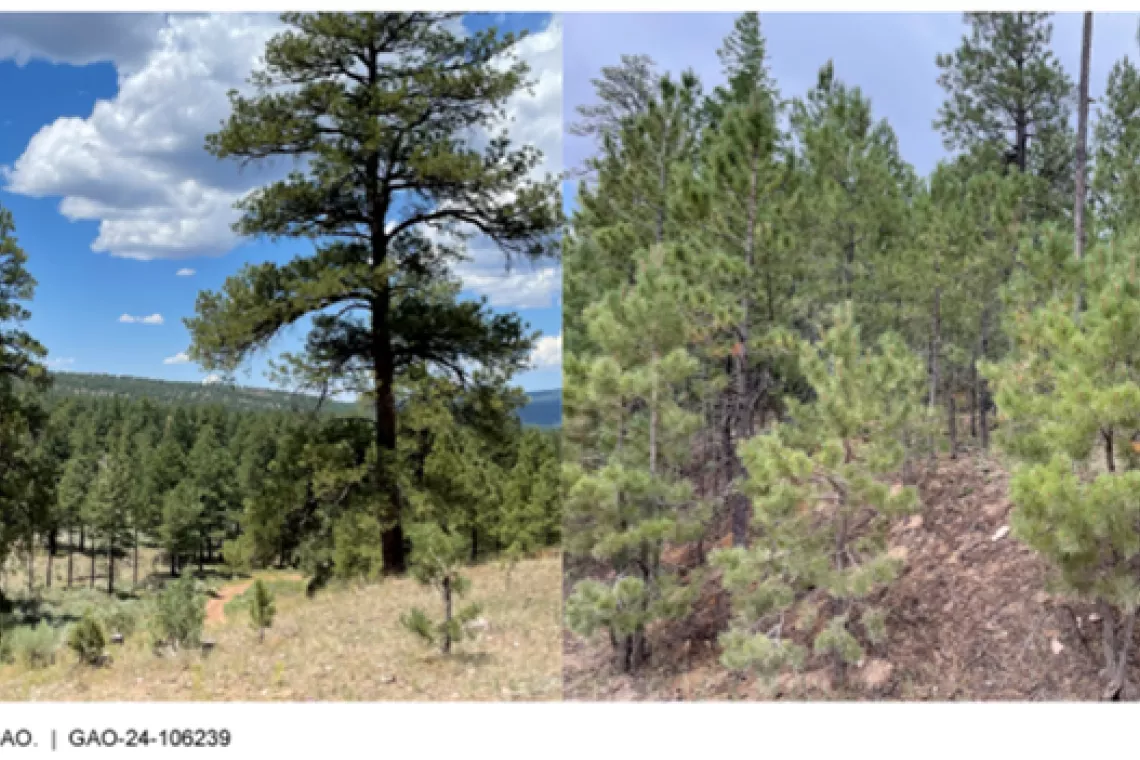For the 30th Anniversary of National Public Lands Day—We Look At How Federal Agencies Are Addressing Ongoing Land Management Challenges
The federal government manages around 640 million acres, or about 28% of all land across the United States.
But increasingly, federal agencies are grappling with how best to manage public lands in the face of challenges posed by more frequent and dangerous wildfires, and the lasting costs and environmental effects of prior uses of the land.
In recognition of the 30th Anniversary of National Public Lands Day (which occurs September 23), today’s WatchBlog post looks at our recent work on how the federal government is managing and restoring public lands.
Image

Protecting public lands against the growing threat of wildfires
Over the past 20 years, the total number of acres burned by wildfires across the U.S. has doubled, breaking records in many states. Moreover, the increased frequency and severity of wildfires is straining the federal wildland firefighting workforce. The current workforce consists of about 18,700 employees who work for the Forest Service and 4 agencies within the Department of the Interior.
But our November 2022 report found that recruiting and retaining wildland firefighters is difficult, with low pay being the most commonly cited reason. Pay for entry-level positions started at $15 per hour when we issued our report. Other challenges in recruiting and retaining firefighters included poor work-life balance, remote or expensive duty stations, mental health issues, and limited workforce diversity.
Commonly Cited Barriers to Recruitment and Retention of Federal Wildland Firefighters
Image

The Forest Service and Department of the Interior have taken steps to address some of these concerns. For example, they increased the size of some firefighting crews to make it easier for crew members to take time off to rest. Congress and agencies are also working to increase pay, which has been a continuing point of concern among employees. Agencies have also worked to improve workforce diversity, mental health services, and hiring practices. However, it is too early to measure the results of these efforts. Learn more about federal wildland firefighters in our report.
Addressing the lasting costs and environmental effects of hardrock mining
Some of the effects from prior uses of federal lands go back more than 100 years. One example is hardrock mining. While this type of mining brought prosperity to the U.S. economy, it has also created serious risks to public health, safety, and the environment.
There are at least 22,500 abandoned hardrock mine features—things like pits and tunnels—on federal lands. Some of these mines continue to pose risks to human health and the environment because they can leak toxic chemicals, such as arsenic, into nearby waterways. In certain circumstances, Interior and the Department of Agriculture may pay all or a portion of costs to clean up abandoned mine contamination on federal lands.
For example, releases of hazardous substances from the Questa mine, a molybdenum mine located in northern New Mexico, contaminated the local groundwater with lead and arsenic, among other substances. This contamination threatened the village of Questa, which is 9 miles away, as well as the ecology in the area. Cleanup of the Questa mine site was underway as of October 2022, and the total project is expected to cost approximately $1 billion, according to mine site documentation.
Molybdenum Mine Contamination and Cleanup on Federal and Private Lands in New Mexico
Image

In our February report, we looked at the federal government’s continuing efforts to clean up abandoned hardrock mines and address their effects and costs to taxpayers. The federal government’s environmental liabilities—which includes mine cleanup—increased by about 32% (from $465 billion to $613 billion) between fiscal years 2017 and 2021. The increasing price tag prompted us to add federal environmental liabilities to our High Risk List in 2017.
The Departments of the Interior and Agriculture spent about $109 million and $10 million, respectively, to clean up contamination from abandoned hardrock mines between fiscal years 2017 and 2021. Officials from both departments told us that they have more abandoned hardrock mines than they have funds available to clean them up. In our report, we recommended that the two departments more clearly communicate about federal mine cleanup efforts and responsibilities. This would provide Congress and the public with a better understanding of the financial and environmental issues involved.
You can learn more about federal hardrock mining costs and cleanup efforts by reading our report.
- Comments on GAO’s WatchBlog? Contact blog@gao.gov.





